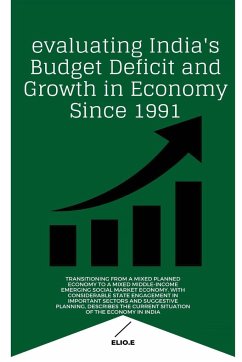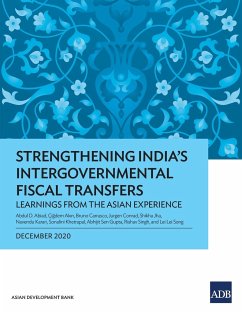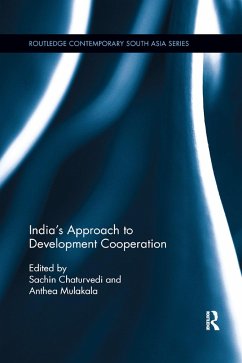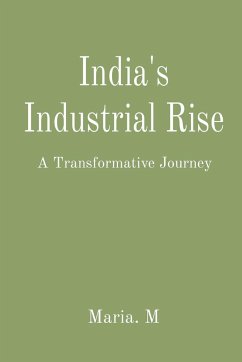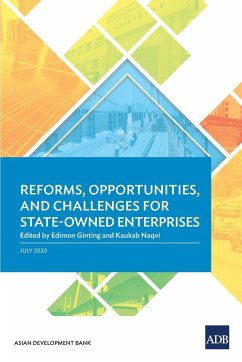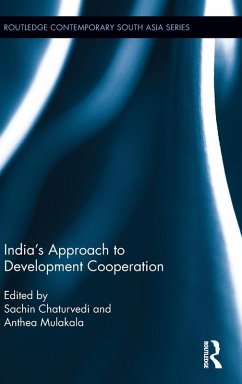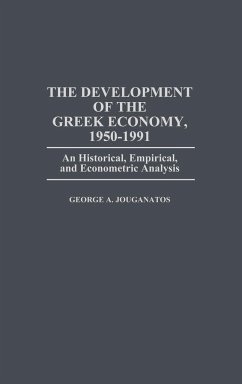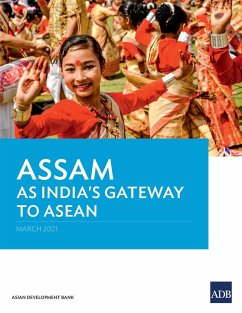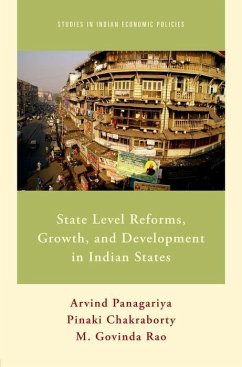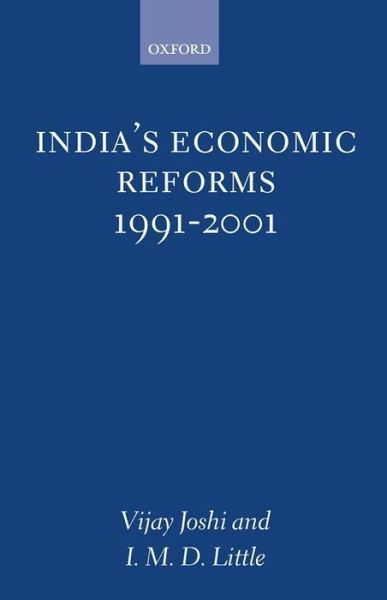
India's Economic Reforms, 1991-2001
Versandkostenfrei!
Versandfertig in 1-2 Wochen
159,99 €
inkl. MwSt.

PAYBACK Punkte
80 °P sammeln!
Two distinguished specialists on the Indian economy discuss the major economic reform process initiated in 1991, which is far from complete. They assess what has been achieved and evaluate the likelihood of India realizing its great potential by freeing itself from self-imposed constraints.
India is the world's largest democracy, and second-largest developing country. For forty years, it has also been one of the most dirigiste and autarkic. The 1980s saw most developing and erstwhile communist countries opt for market economy systems. India belatedly initiated similar reforms in 1991. This book evaluates the progress of these reforms, covering all the major areas of policy: stabilization, taxation and trade, domestic and external finance, agriculture, industry, the social sectors, and poverty alleviation. Will India realize its great potential by freeing itself from the self-imposed constraints that have hindered its development? This is the important and fascinating question considered by this book.



